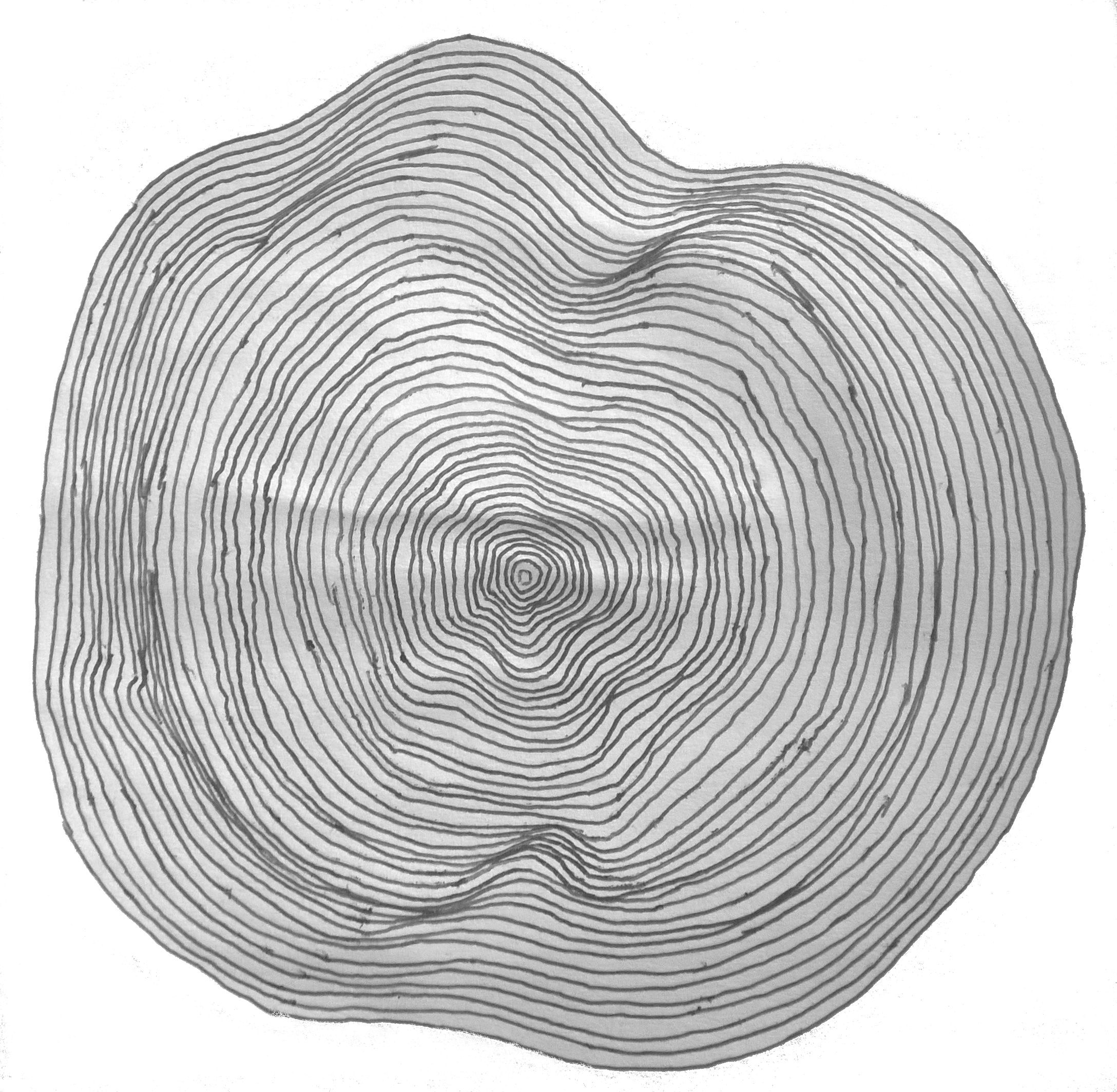Long before complex life arose, bacteria had mastered the art of living. To survive, these single-celled organisms learned how to divide, with one cell giving rise to two, then two to four, and so on. It was a survival strategy that turned out to be so convenient that it was adopted, and has evolved over billions of years. Decades of research have been put into understanding bacterial division. As it turns out, it is not a one-man show but takes the well-coordinated and timely appearance of several proteins to orchestrate the transformation of one cell into two. And it all starts with a protein called FtsZ, which is at the heart of a sort of scaffold that will ultimately allow a cell to divide into two.
There are nearly ten times more bacterial cells than there are human cells in our bodies! Hundreds of different kinds of bacteria are continuously dividing and multiplying to keep ahead of our own cells. This fast and furious division strategy is key to their brisk flourishing. Bacterial cells divide mainly by binary fission. Conceptually this is a very simple process where a cell elongates to double its length and then splits into two. The approach is fast (approximately 20 minutes for one division under ideal growth conditions), doesn't demand a partner and results in genetically identical cells.
FtsZ belongs to the Fts (filamentous temperature sensitive) family of proteins that are required for bacterial cell division, and is key to the division process. It is thought to be a part of the bacterial cytoskeleton which is essential for many cellular functions such as maintaining the cell's shape, for organelle motility, for building new cell walls and for cell division. While the cell is dividing, the cytoskeleton reshapes itself completely for the spilt to occur. Within this structure, FtsZ shows structural similarity to eukaryotic tubulin that forms microtubules - the tubular entities of the cytoskeleton that assemble and disassemble upon request.

Courtesy of the artist
FtsZ forms a ring-like structure - called a Z-ring - beneath the cell membrane. The ring is made up of an assembly of FtsZ molecules that arrange themselves as short filaments around the cell middle forming a band which will ultimately constrict, slowly separating one half of the cell from the other. This allows the cell to divide along its short axis which ensures equal distribution of the cell's content. Proteins rarely act on their own, and the same goes for FtsZ. In effect, Z-rings form a scaffold to which other division proteins can bind, and provide the constriction force which is needed for cell separation.
What exactly is FtsZ? FtsZ is a GTPase - an enzyme which typically hydrolyzes GTP nucleotides for energy to carry out a cellular function. FtsZ generates the force used to divide the cell. In Z-rings, GTP is bound between two FtsZ molecules. As the GTP hydrolyzes to GDP, energy is released and used by the two FtsZ molecules to rotate, thus causing the FtsZ filaments to curve. And as they curve, they pull the cell membrane above them towards the centre of the cell's cytoplasm. This repeated action from several of these filaments creates enough force for the membrane to continue bending, meet in the middle and finally constrict completely.
Once thought to be a continuous array of filaments, the Z-ring has turned out to be a discontinuous structure and is in fact riddled with gaps. This makes sense for cells that are restricted in size and volume. Scientists believe that a continuous ring structure would be too large to be accommodated by the bacterial cell; the FtsZ filaments need to be mobile and dynamic in order to span its entire circumference. Scientists have in fact shown that FtsZ filaments can indeed rapidly assemble and disassemble covering the entire cell membrane so as to generate the required pulling force for division.
When FtsZ is lacking, the cells just keep elongating without any subsequent division, eventually resulting in cell death. FtsZ has thus become an attractive target in developing drugs against bacterial infections. Anti-FtsZ drug therapy offers several advantages. 1) FtsZ is an essential bacterial protein, and losing it leads to cell death. 2) It is highly conserved among bacterial species and therefore could serve as a broad-spectrum drug target for different kinds of bacterial infections and 3) since it is absent in humans, the drug should have no effect against human cells and hence produce no side effects. However, much still needs to be understood about the structure of FtsZ and the organization of Z-rings in cells, as well as its role and regulation in the cell division process. The emergence of more sophisticated imaging tools will not only help to improve FtsZ drug development but will let scientists into the deeper secrets of the bacterial division process.

